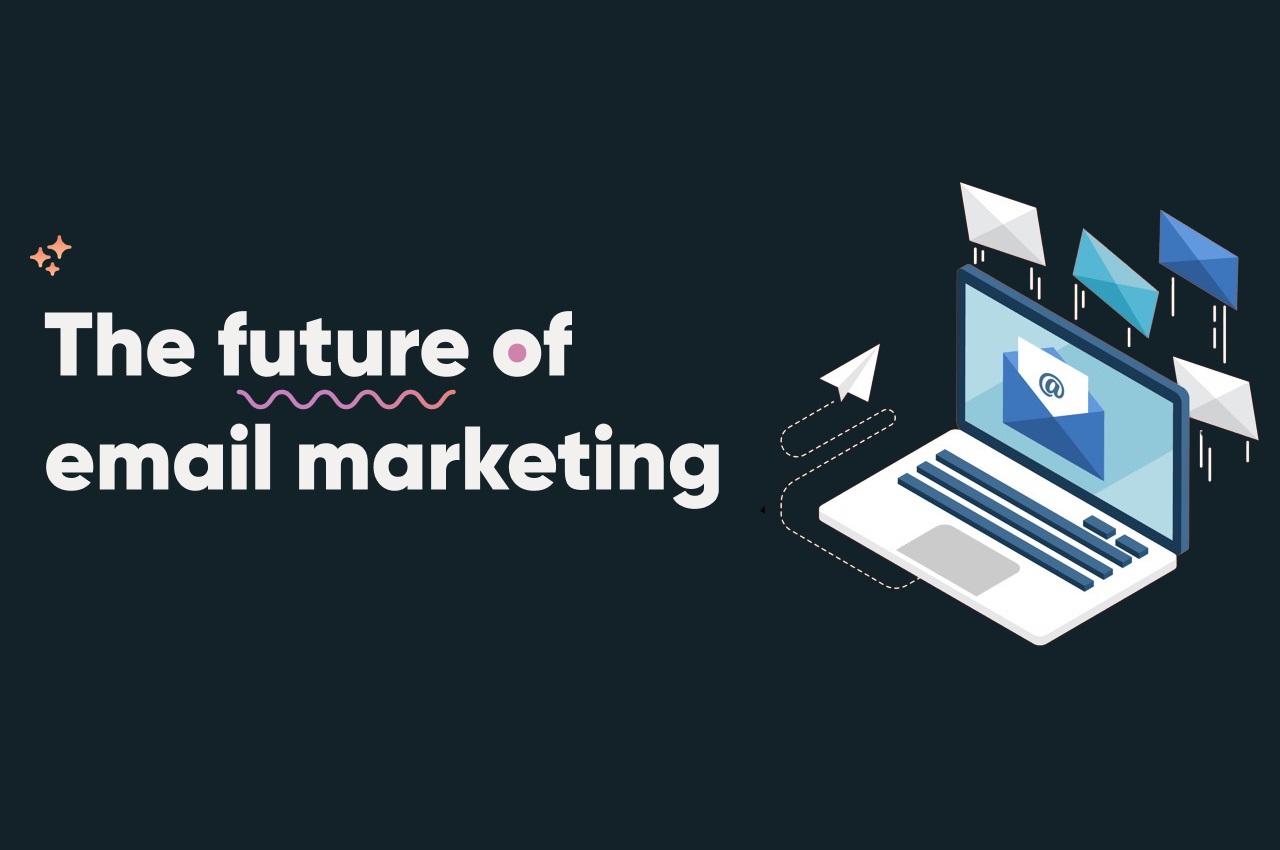How To Execute An Email Marketing Campaign?
Executing a successful email marketing campaign necessitates a strategic approach. Begin by defining clear objectives and building a targeted, opted-in email list. Segment your audience to personalize content and enhance relevance. Craft compelling content aligned with campaign goals and design visually appealing, mobile-friendly emails.
Email marketing remains a cornerstone of digital communication, providing businesses with a direct and effective way to connect with their audience. Executing a successful email marketing campaign involves a strategic approach, thoughtful planning, and the utilization of various tools and techniques. In this comprehensive guide, we will explore the step-by-step process of executing an email marketing campaign, covering everything from defining goals to analyzing results.
I. Introduction
A. Understanding the Basics
- Definition of Email Marketing Campaigns: Email marketing campaigns involve sending a series of emails to a targeted audience with specific goals, such as promoting products, building brand awareness, or nurturing leads.
- Benefits of Email Marketing:
- Direct communication with the audience.
- Cost-effective compared to traditional marketing channels.
- Highly measurable with actionable insights.
- Personalization capabilities for tailored content.
B. Setting Clear Goals
- Identifying Campaign Objectives: Clearly define the purpose of the campaign, whether it’s driving sales, increasing engagement, promoting an event, or building a subscriber base.
- SMART Goal Setting: Ensure goals are Specific, Measurable, Achievable, Relevant, and Time-bound. For example, “Increase email open rates by 20% within the next quarter.”
II. Planning
A. Knowing Your Audience
- Audience Segmentation: Divide your email list into segments based on demographics, behavior, or other criteria to send targeted and relevant content.
- Understanding Buyer Personas: Create detailed buyer personas to understand your audience’s needs, preferences, and pain points.
B. Building and Growing Your Email List
- Lead Generation Strategies:
- Implement lead magnets like ebooks, webinars, or exclusive offers.
- Utilize contests, giveaways, and referral programs to encourage sign-ups.
- Opt-In Processes:
- Use double opt-in methods for enhanced consent verification.
- Clearly communicate the value subscribers will receive by opting in.
C. Creating Compelling Email Content
- Understanding Your Audience: Tailor content based on the preferences and behaviors identified through audience research.
- Segmentation and Targeting: Deliver personalized content by creating segments and targeting specific groups within your audience.
- Personalization Strategies:
- Include personalized subject lines, addressing recipients by name.
- Use dynamic content to tailor the email based on user data.
D. Designing Visually Appealing Emails
- Importance of Email Design: Well-designed emails enhance user experience and contribute to higher engagement rates.
- Responsive Design for Mobile Users: Optimize emails for mobile devices to ensure a seamless experience for users on different screens.
- Use of Images and Multimedia: Incorporate relevant visuals, videos, or GIFs to make the content visually appealing.
E. Crafting Effective Email Copy
- Writing Engaging Subject Lines: Craft compelling subject lines that grab attention and entice recipients to open the email.
- Creating Persuasive Headlines and Copy: Use concise and persuasive language to communicate the main message and encourage action.
- Incorporating Calls-to-Action (CTAs): Clearly include CTAs that guide recipients on the desired action, whether it’s making a purchase or clicking on a link.
F. Automation and Workflow Planning
- Introduction to Email Automation: Explore the benefits of automating email campaigns, including time-saving and personalized communication.
- Setting Up Drip Campaigns: Plan drip campaigns to send a series of emails over time, nurturing leads or guiding subscribers through a specific journey.
III. Executing
A. Selecting the Right Email Marketing Platform
- Popular Email Marketing Platforms: Evaluate platforms like Mailchimp, Constant Contact, or HubSpot based on your specific needs, features, and scalability.
- Integration with CRM Systems: Integrate your email marketing platform with Customer Relationship Management (CRM) systems for seamless data flow.
B. Sending Test Emails
- Importance of Testing: Ensure that emails render correctly and that links, images, and CTAs function as intended.
- A/B Testing: Conduct A/B tests to optimize different elements, such as subject lines, email copy, or visuals, based on performance metrics.
C. Analyzing and Improving
- Key Performance Indicators (KPIs):
- Monitor open rates, click-through rates, and conversion rates.
- Track delivery rates, bounce rates, and unsubscribe rates.
- Analytics and Reporting Tools: Use tools like Google Analytics or the analytics features within your email marketing platform to gather insights.
- Interpreting Data and Making Improvements:
- Regularly analyze performance metrics.
- Adjust strategies based on insights gained from data analysis.
IV. Future Trends
A. Artificial Intelligence and Machine Learning
- Predictive Personalization: Leverage AI to predict user preferences and personalize content for more targeted campaigns.
- Automated Content Generation: Use machine learning algorithms to automate the generation of personalized and dynamic content.
B. Interactive Emails and AMP for Email
- Interactive Elements: Embrace interactive elements like quizzes, polls, and image carousels to increase user engagement.
- AMP for Email: Explore the use of Accelerated Mobile Pages (AMP) for Email to enable dynamic and real-time interactions within emails.
C. Integration with Emerging Technologies
- Augmented Reality (AR): Integrate AR elements for interactive and visually engaging experiences directly within emails.
- Voice Technology Integration: Explore incorporating voice-activated commands or personalized audio messages within email campaigns.
V. Conclusion
Executing a successful email marketing campaign involves a combination of strategic planning, audience understanding, creative content creation, and continuous analysis. As technology evolves, embracing trends like AI, interactive elements, and integration with emerging technologies ensures that email marketing remains a dynamic and effective tool for businesses. By following best practices and staying attuned to industry developments, marketers can build meaningful connections with their audience and achieve their campaign objectives. Remember, the key to success is not just sending emails but sending the right emails to the right audience at the right time.


